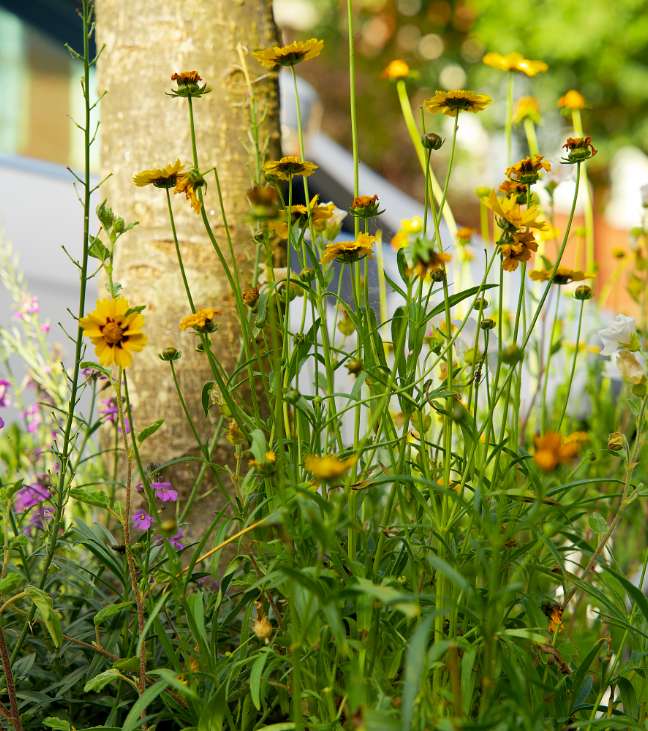Green infrastructure
At Land Technology we are passionate about the environment especially the built environment that’s why we never stop learning and sharing our knowledge with clients, designers and contractors.
It is part of our mission to improve and enhance the environment as we plan on remaining the future of landscaping in the future too, so we are committed to the continual development of our knowledge and inventive ways to encourage as much sustainable green infrastructure as possible in to your build environment.
So, what is green infrastructure?
“Natural or Semi-Natural networks of green (soil covered or vegetated) and Blue (Water covered) spaces and corridors that maintain and enhance eco systems”
To expand on the above it covers all green and blue features within and between our villages, towns and cities and can be anything including gardens, green roofs, living walls, parks and public open spaces to rivers and woodlands.
There are several factors why green infrastructure is beneficial hence why it has been continually raised up the political agenda and is now part of the UK National Planning Framework. The main benefits can be split into 4 principle categories and there are many cost benefits from implementing enhanced green infrastructure to your built environment whether at home, work, place of education or leisure.
The 4 Principle categories:
Supportive – Supporting eco systems and natural processes within, such as: pollination, photosynthesis and soil formation.
Provisioning – Through enhanced green infrastructure the provision of food, fibers and fuels is improved and increased.
Regulating – Having a more balanced green infrastructure regulates air quality and climate, and can reduce flood, drought and fire risks.
Cultural – Greater uptake in recreational activities, greater feeling of wellbeing, higher aesthetic values, therefore increased property values, and provides a sense of place.
These 4 principle categories all equate to a strong business case to invest in your green infrastructure.
Where can you install Green Infrastructure?
Green Roofs, Living Walls, Green Terrace, Urban, Food Production, Brown habitat roofs, Green Corridors, Urban Woodland,Urban Wetland, Reed beds, Rain Gardens, City Parks, Temporary, Floodable area, Cycle networks, Play areas, Sustainable drainage, Adaptable, Public space, Habitat creation, Permeable surfaces, Shared surface, Urban tree, planting


Planning Benefits
Construction Benefits
Living Walls, Green Roofs and Courtyards
Ongoing Benefits









